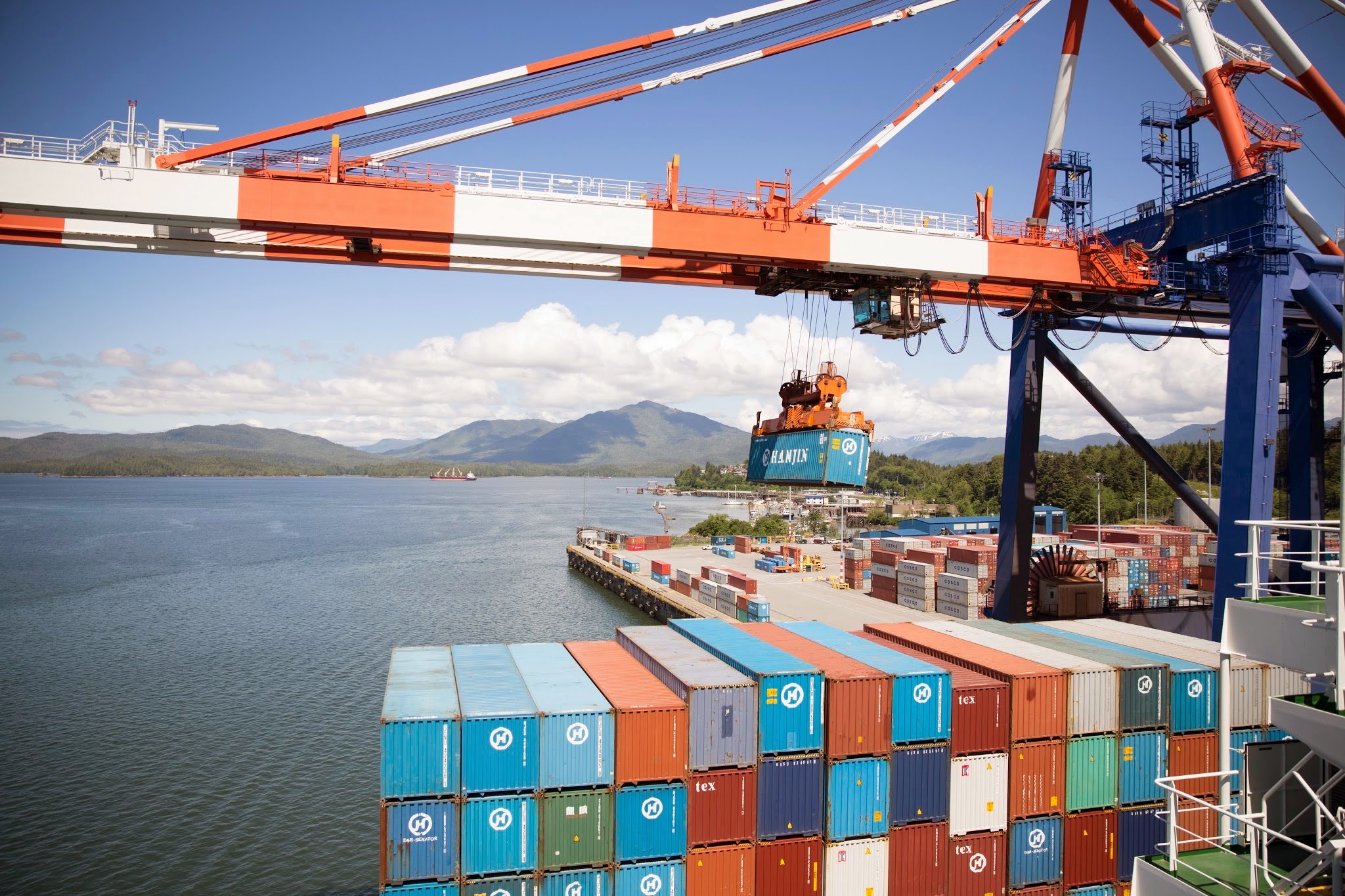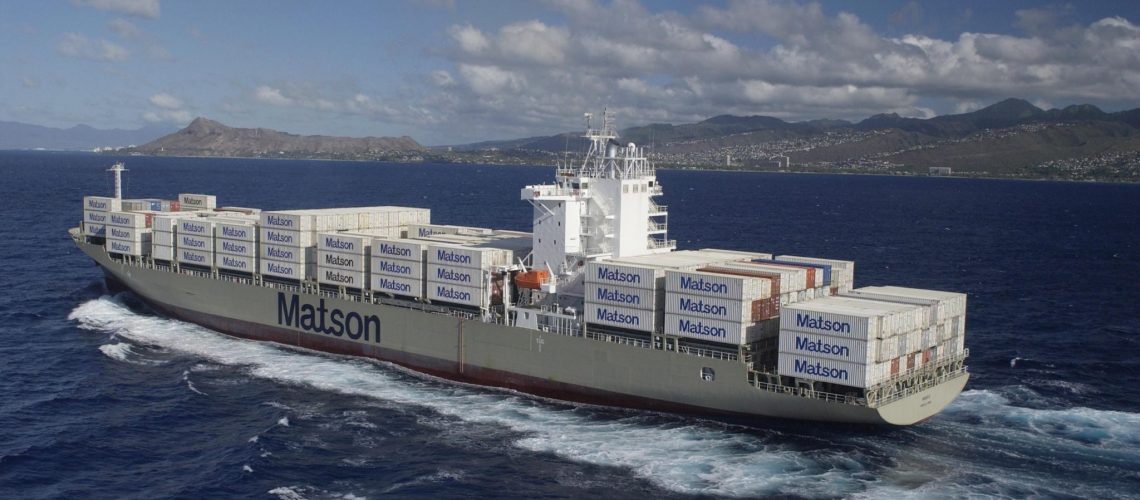Today’s post is written by Michael Goldsmith, Director of Business Development for the Laufer Group International, a world-wide firm that handles all matters of logistics – air freight, ocean logistics, customs brokerage, purchase order management, and export services (www.laufer.com).
I’ve been asked by various importers to describe the Transpacific Eastbound (Asia to US) market and what I see as the future of the trades. And I always hesitate when answering that question because I don’t want to scare my clients and/or prospects, or make them feel as though they should make a compulsive decision out of fear. Yes, it’s true that the market has been rather unpredictable for the past decade. Throughout the past 5-7 years, stability, as well as simplicity and predictability, are words not used to describe the transpacific eastbound market.
We’ve seen many concerning factors over the course of the past two years alone that indicate the fragile nature of the market, including, but not limited to:
Rate fluctuation: importers unable to accurately plan for landed costs of international transportation.
Costs moving up one day and down the next. GRI (general rate increases) and PSS (peak season surcharges) announcements made in the market on day one and immediate mitigations on day two and beyond. There is no predictability in the marketplace.
Equipment shortages and reduction of weekly sailing options out of China and capacity shifting frequently due to alliance changes.
The world’s seventh largest carrier, Hanjin, filed bankruptcy in the fall of 2016 and caused a massive erosion in the market forcing many US importers to create emergency contingency plans in the golden quarter – Q4 – and succumb to massive, unplanned supply chain costs.
Vessel upsizing will continue in the transpacific trade and can potentially place infrastructure stress on supply chains due to a cascading effect as ultra-sized ships are deployed along the Asia Europe trade through 2018. A cascade effect will continue with large vessels dominating the major of Trans Pacific service lanes in 2018 and beyond.
Here are some facts to consider. Industry consolidation, acquisitions & mergers – what was once a large canvas of carrier options has decreased dramatically:
Maersk line reached an agreement for the purchase of ocean carrier Hamburg Sud and will operate 16% of all global capacity; just about 1/5 of all global trade controlled by one carrier as a result of this recent acquisition
COSCO and the Shanghai International Port (Group) made a joint offer to acquire OOCL in a $6.3 billion deal and create the 2nd largest carrier calling the USA
NYK, K-LINE, and MOL have teamed up to form a single company called, “THE ONE” (OCEAN NETWORK EXPRESS), a new joint venture integrating the companies’ shipping business and worldwide container ports

If we look back 25 years ago, the US-based importers had a wide variety of carriers to choose from. Yet, from 1992 to 2016, we’ve seen massive consolidations, acquisitions, forming of new alliances, and various carriers leaving the trades all together. Average carrier choice from 1992 to 2016 is down over 65%.
In conclusion, as the global transportation industry continues to evolve it will bring some anxiety. Shippers who recognize the changes and make the appropriate contingency plans in order to face the new marketplace can take advantage of positive efficiencies while being prepared for negative impacts that may also transpire.

